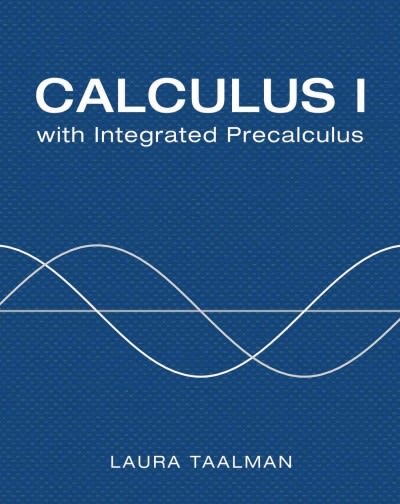Question
2. How do you know whether a random variable is continuous or discrete? 3. What is the difference between the two types of random variables?
2. How do you know whether a random variable is continuous or discrete?
3. What is the difference between the two types of random variables?
Classify the following random variables
discrete or continuous
1. the speed of a tricycle.
2. the number of female students.
3. the time needed to finish the module.
4. the amount of sugar in a cup of coffee.
5. The number of defective mobile phones produced by a manufacturer
Determine whether each of the following experiments/situations involve a discrete random variable or a continuous random variable.
1. choosing an even number less than 150
2. gathering information about the average monthly electric consumption in a certain household
3. tallying the number of family in a certain barangay that have one child
Identify whether the given experiment involves a discrete random variable or a continuous random variable.
1. getting the temperature of patient admitted in a hospital
2. collecting data about the weights of students in a certain school
3. the number of patient admitted in the hospital due to COVID-19
4. the number of no work no pay in a certain municipality caused by pandemic
5. the number of families that are members of 4P's in Quezon
6. the number of Balikbayan OFW arrive in the Philippines
7. the number of text messages received by a particular individual in a day
8. the number of possible outcomes in rolling a die
9. the amount of liquid in a 12 - ounce can of soda
10. the number of fouls committed by a basketball team during the games

Step by Step Solution
There are 3 Steps involved in it
Step: 1

Get Instant Access to Expert-Tailored Solutions
See step-by-step solutions with expert insights and AI powered tools for academic success
Step: 2

Step: 3

Ace Your Homework with AI
Get the answers you need in no time with our AI-driven, step-by-step assistance
Get Started


